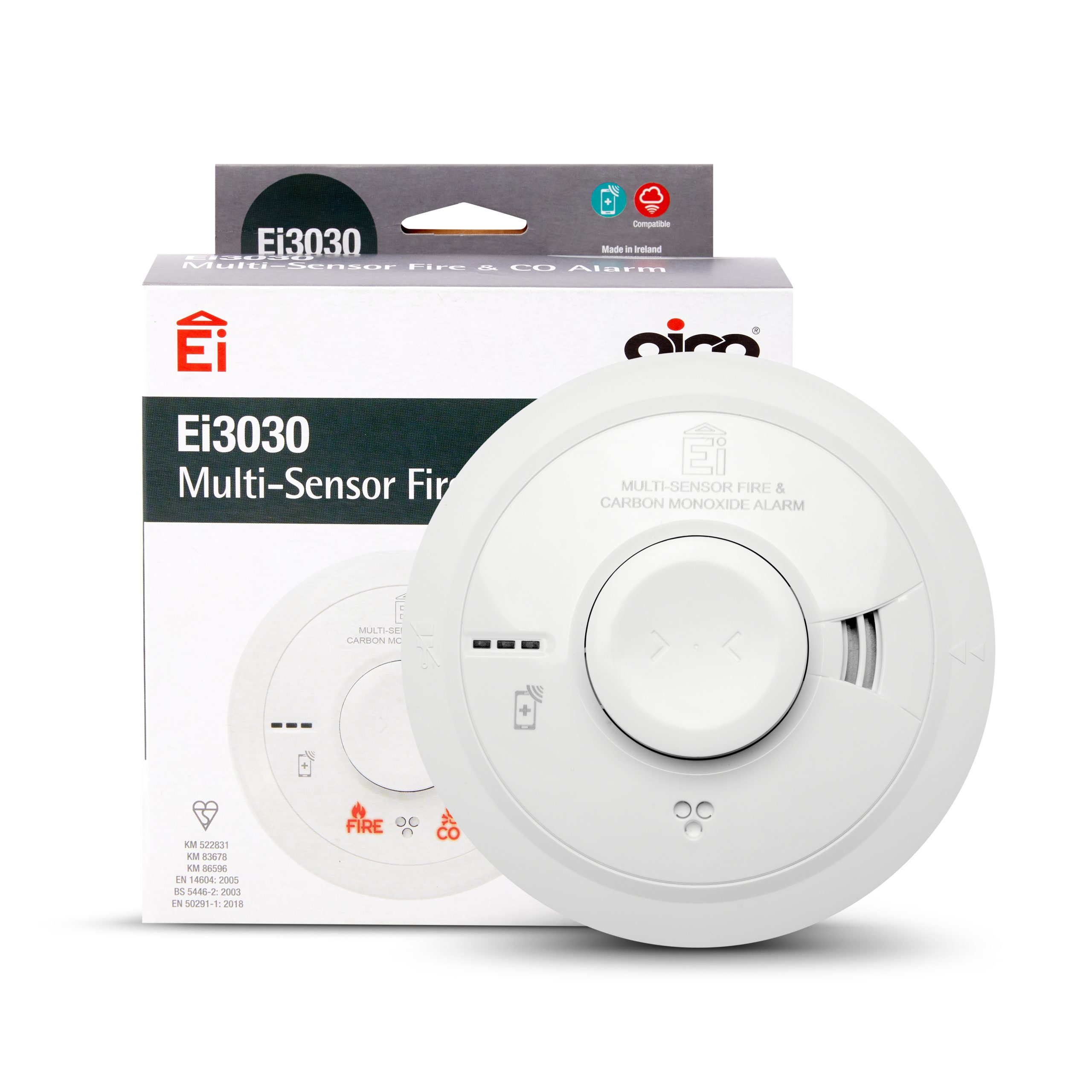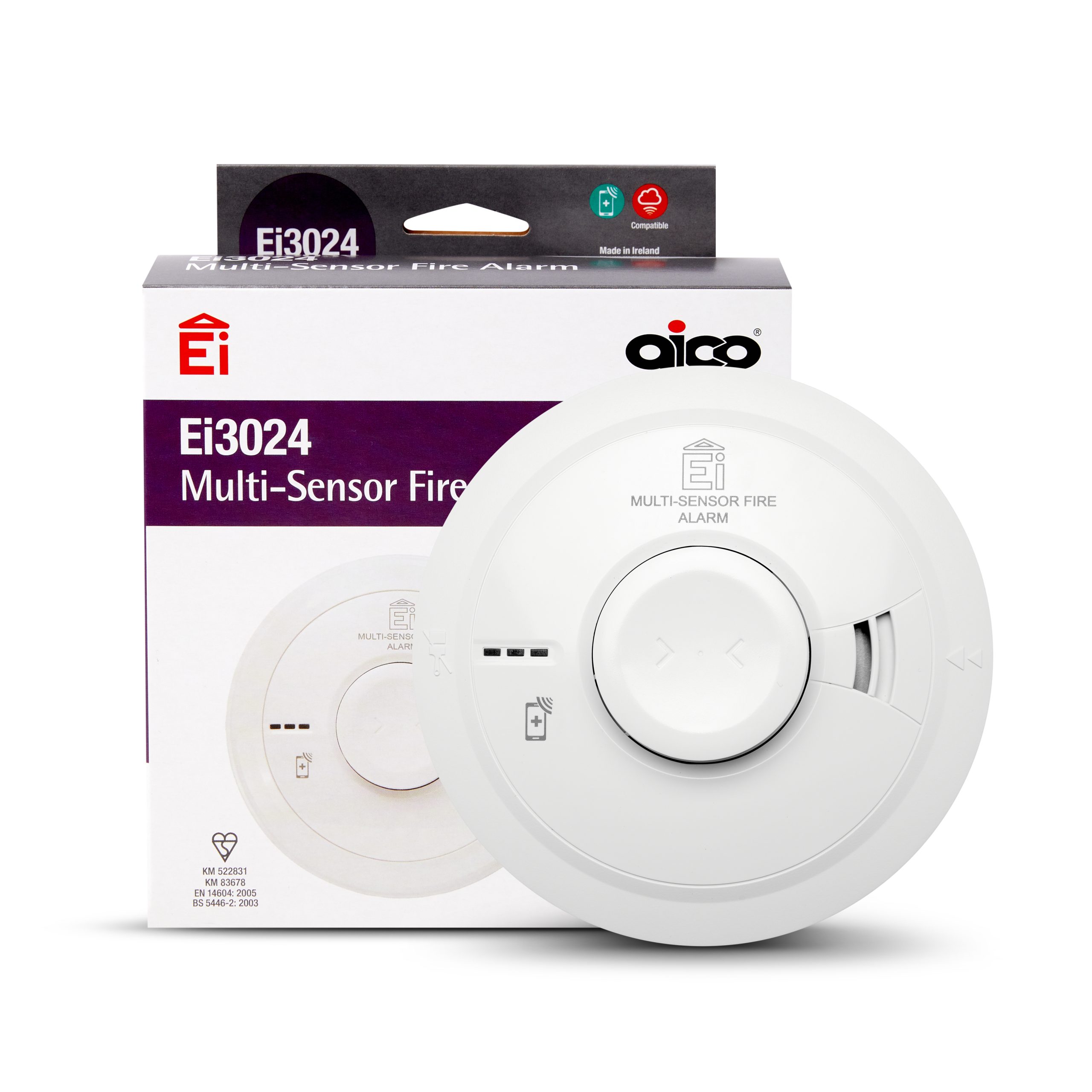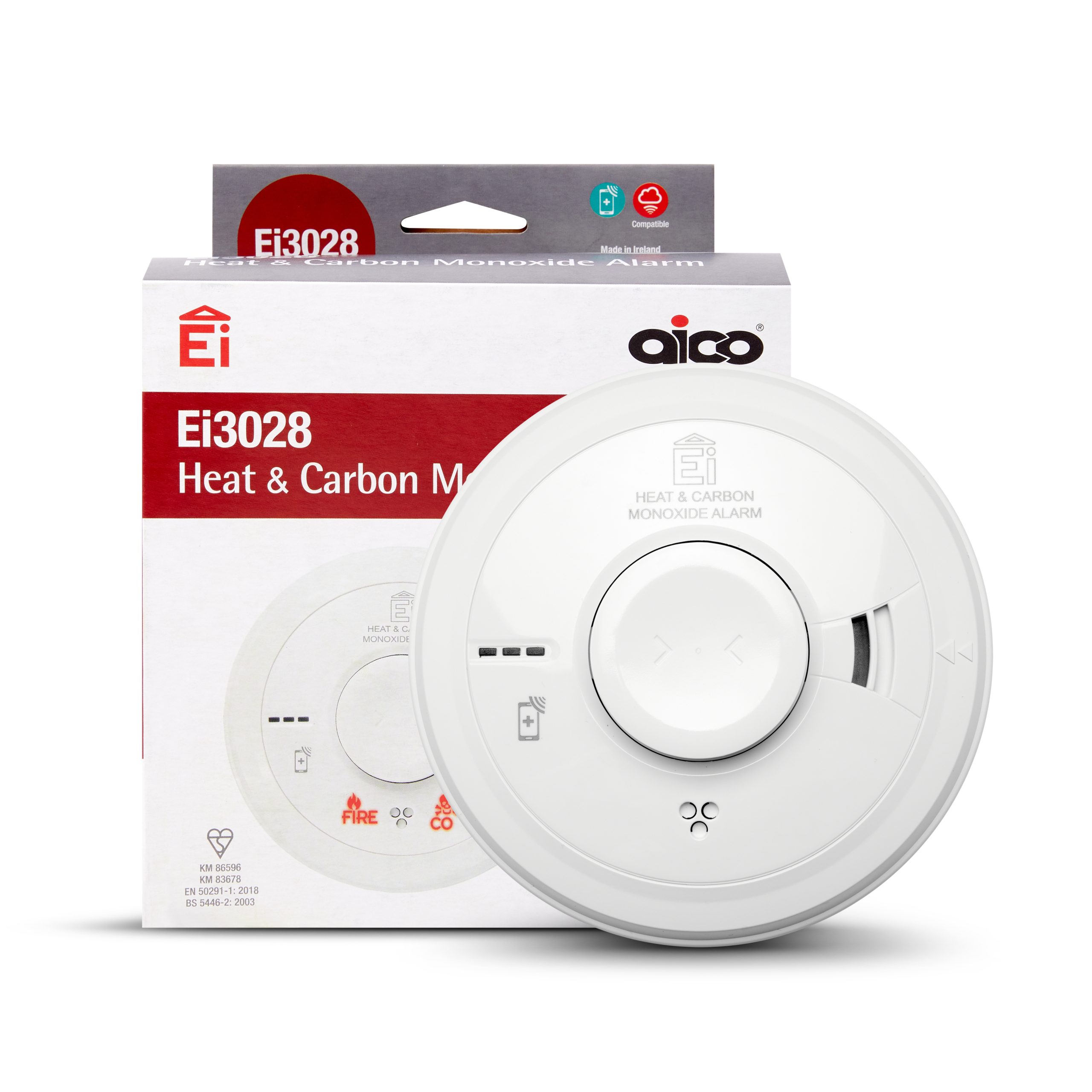Lithium-ion Battery Fires: A Growing Concern
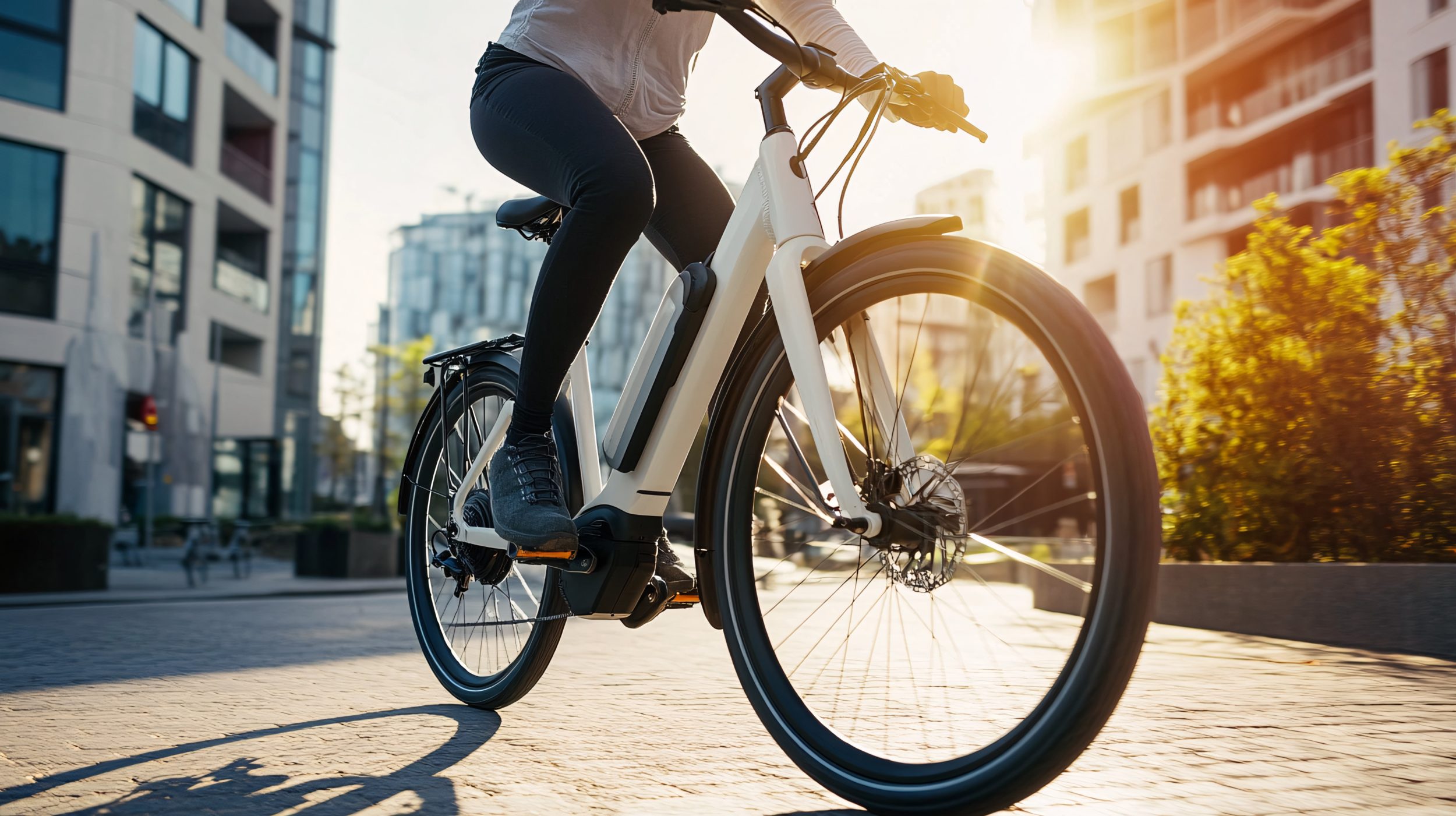
In recent years, they have become a major part of our everyday lives – rechargeable lithium-ion batteries are used to power many devices, from your smartphones and laptops to e-bikes and e-scooters, and many more. Lithium-ion batteries come with beneficial features which make them ideal for the devices we use the most. Their high energy density, longer lifespans and light weight, improve efficiency in daily life; however, these features also result in them being a serious source of fire hazards if not handled and maintained properly. According to the British Safety Council, “the number of fires linked to lithium-ion batteries in the UK increased by 46 per cent in 2023” on a year-on-year basis, compared with 2022.
With lithium-ion batteries becoming a large part of everyday life, it is paramount that users, homeowners, and landlords understand the dangers that can occur.
Why do lithium-ion batteries pose such a risk?
They contain a flammable electrolyte which can ignite under certain conditions resulting in overheating. One consequence of an overheated battery is called ‘thermal runaway’. This is a chain reaction which generates heat, and the rising temperature fuels more reactions within the battery, leading to rapid temperature increases, eventually resulting in a fire or an explosion.
Common Causes of Lithium Battery Fires
Some common factors that can contribute to triggering lithium-ion battery fires include:
- Overcharging: Charging a battery beyond its capacity can lead to overheating, which can then trigger the thermal runaway chain reaction.
- Short circuits: Internal or external short circuits can cause a sudden surge of current, leading to overheating and fire.
- Physical damage: Any internal damage can increase the risk of a fire. This can be caused by dropping, crushing, or puncturing the battery.
- Manufacturing defects: Faulty batteries or those manufactured with substandard materials may be more prone to issues and physical damage.
- Exposure to heat: Lithium-ion batteries are very sensitive to high temperatures, as they accelerate the chemical reactions within the battery.
The Rise of E-bikes and E-scooters
The popularity of electric bikes and scooters has massively increased in recent years. Due to their convenience, city commuters have jumped on this new transport method, which eliminates issues relating to parking and traffic. The eco-friendly nature of e-bikes and scooters has also contributed to their increased use, as some 85% of adults across the UK have changed their lifestyles to help the environment. The lack of fumes, lower costs, and convenience of this relatively new method of transport contribute to its favourability with the public.
City dwellers are the predominant users of e-bikes and scooters. However, these are users who often do not have easy access to secure outdoor areas which limits their ability to charge the batteries of their bikes and scooters. Instead, many are charging these devices inside, often overnight, ready for the next working day. This significantly increases the risk of a fire and therefore puts residents’ lives at risk.
When purchasing an e-bike or scooter, there are several considerations to keep in mind to minimise the risk of these fires and explosions and ensure your safety, including:
- Use the original charger provided by the manufacturer.
- Never leave batteries unattended whilst charging.
- Consider purchasing a fire-resistant charging bag.
- Charge according to the manufacturer’s instructions.
When charging an e-bike or scooter it is important to do so in a sensible location. It can be tempting to charge the device by the exit to conveniently collect on your way out, however, in the case of a fire this could be detrimental, as this could block your escape route. With this in mind, you must also avoid enclosed spaces and flammable materials. Instead, choose a well-ventilated area, such as a garage, or utility room, and charge on a hard, non-flammable surface like a concrete floor or fireproof mat.
Conversion Kits
Battery conversion kits are mostly used to convert push bikes and scooters into electric vehicles. These kits allow people to easily and quickly upgrade their bikes at a low price. Unfortunately, these low-cost kits are where part of the problem lies. Although not all conversion kits are problematic, people tend to opt for the most attractive price and, consequently, compromise on quality materials. Many fires caused by lithium-ion batteries in e-bikes and e-scooters have been linked to conversion kits or batteries purchased online.
One of the key issues with these cheap conversion kits lies with the charging cable. Due to the substandard quality of the kit, the compatibility between the battery and charger is often poor. This results in a faster heat build-up and can eventually result in a fire.
Although these conversion kits may seem beneficial, they come with a range of dangers, such as:
- Increased chances of thermal runaway – Due to the risk of poor-quality materials the batteries are more likely to overheat and enter the thermal runaway state.
- Re-ignition – Lithium-ion batteries contain lithium salts which can self-oxidise and cause the battery to enter a self-heating state. This reaction can trigger the battery to re-ignite unexpectedly, hours or even days after a fire has been put out.
- Counterfeit products – Low-quality or counterfeit batteries may lack safety features, are often made with inferior materials, and lack technical expertise. This makes them more dangerous to use, therefore, it is important to ensure your device meets the British safety standard.
Battery Damage
It is essential to become familiar with the appearance of your lithium-ion battery so that you are able to spot signs of damage.
The Scottish Fire and Rescue Service advise that you must not use or charge your device if your battery is showing signs of the following:
- Smoke production
- Being extremely hot to touch
- The battery is swollen or has lumps or leaks
- Hissing or cracking sounds
- Unusual odours
- Difficulty or failure to charge
Preventing Lithium-Ion Battery Fires
The impact of lithium-ion battery fires and explosions can be devastating, and their prevention requires a multi-faced approach. The following crucial safety measures can help ensure the safety of you, your family, and any residents in your properties:
- Safe storage – Keep batteries in a cool, dry place and away from anything flammable.
- The original charger – Be sure to use the charger that came with the device or a certified third-party charger that’s compatible with the battery. Make sure to never leave the batteries charging unattended or overnight and disconnect the charger when the battery is fully charged.
- Fire alarms – Install and maintain working smoke and heat alarms in the property and in any room used to charge lithium-ion batteries.
- Safe disposal – Recycle or dispose of used lithium-ion batteries properly – never throw them in the bin. You can safely dispose of the batteries by:
- Taking them to a recycling centre
- Return them to the manufacturer
- Put them in a separate plastic bag before recycling
- Don’t mix them with other batteries
- Taping up the terminals of the batteries
- Alternatively, check with your local authority for specific recycling guidelines
- Do your research – Always buy your batteries from a reputable retailer, especially when shopping online, and check that your device meets British safety standards. If a deal seems too good to be true, it probably is.
If you are going to add a battery to your bike or scooter, consider having a professional carry out the installation. Furthermore, if you already have a battery installed, consider having a trained technician maintain and check the battery – it is recommended that the battery is checked every 2-3 months.
The importance of these preventative actions cannot be overstated; however, it is important to realise that lithium-ion battery fires may still occur. In the event of a fire in your home, it is essential that you have smoke, heat and/or multisensor alarms installed throughout the property. Aico’s 3000 series alarms provide full circle protection in your home:
- Ei3014 Heat Alarm – Encompassing a thermistor heat sensor which triggers when 58°C is reached. This alarm detects heat build-up from large flaming fires and should be sited in the kitchen and garage.
- Ei3016 Optical Smoke Alarm – Containing a high-performance optical smoke sensor, this alarm is ideal for detecting smouldering fires and is recommended to be sited in the living room, bedroom, hallway, landing, or dining room.
- Ei3024 Multi-Sensor Fire Alarm – This multisensor combines the optical smoke sensor with the heat sensor to provide total fire coverage. The intelligent alarm software provides an earlier response by allowing the sensors to work together; if there is a 3°C rise in one minute, it heightens the sensitivity of the smoke chamber, triggering the alarm to sound.
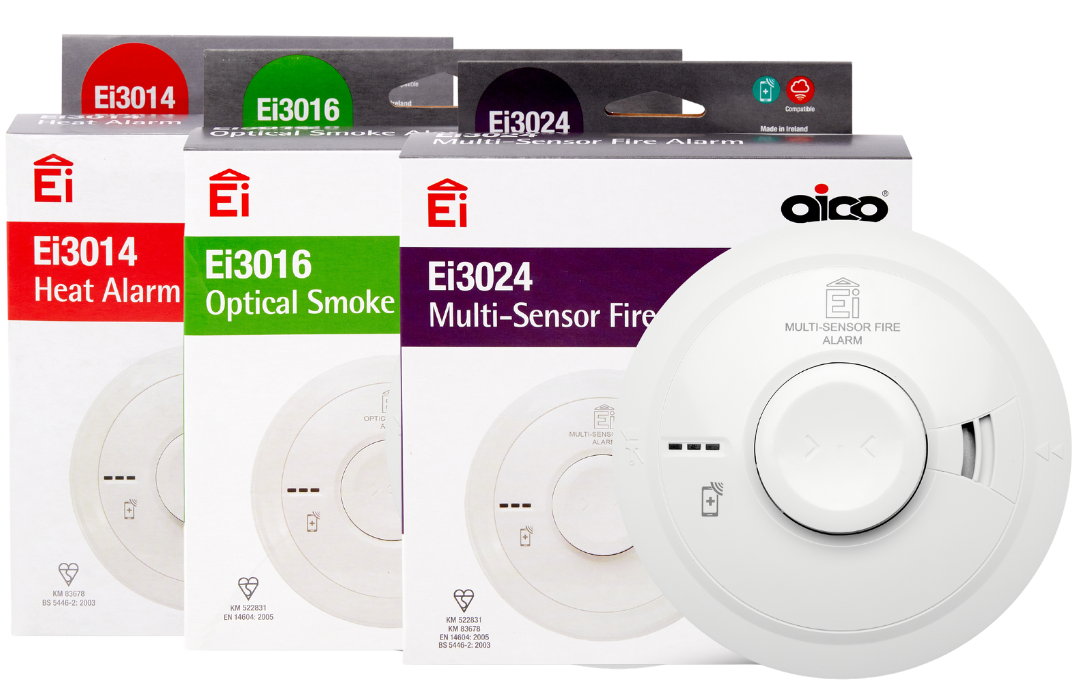
The more alarms installed the better, as this will allow all the occupants in the home to receive an early warning of any potential fire, and provide the vital time needed to escape and call the emergency services.
How to Respond to a Lithium-ion Battery Fire
If a fire does occur, prioritise your safety and evacuate immediately, then call the fire service as only emergency responders and trained professionals are qualified to extinguish the fires when it is safe to do so. However, for any small fires, you can use a lithium-ion battery fire extinguisher, a Class F fire extinguisher, or a dry powder extinguisher.
GPSR and Lithium-ion Battery Safety
The General Product Safety Regulations 2005 (GPSR) provide guidance and general safety recommendations for all consumer products on the market in the UK. These guidelines focus on the risks of fires and explosions and advise how to ensure that lithium-ion batteries for e-bikes are compliant with the safety requirements.
The GPSR states that the lithium-ion batteries used for e-bikes must contain a safety mechanism like a battery management system or an equivalent safety feature to address the risk of thermal runaway. A battery management system is commonly known for being the ‘brain’ of the battery pack. Its role is to monitor and manage the temperature, current flow, voltage protection, and balance of the cells within the battery.
With e-bikes and e-scooters on the rise, so are lithium-ion battery fires and explosions, therefore, the British Standards are set to become stricter with the use, installation, maintenance, and disposal of the batteries. Users must stay informed on the topic to ensure safety.
Reducing the Risk of Lithium-Ion Battery Fires
In the fast-paced nature of today’s world, rechargeable lithium-ion batteries offer undeniable benefits and convenience, however, their potential risk for explosions and fire hazards cannot be ignored. Due to their popularity, it is now essential to understand the potential risks, implement safety measures and stay informed, and by doing so, minimise the dangers associated with these popular, powerful, energy sources.
To learn more about Aico’s fire alarms and how they can help in the event of a lithium-ion battery fire, click here.

